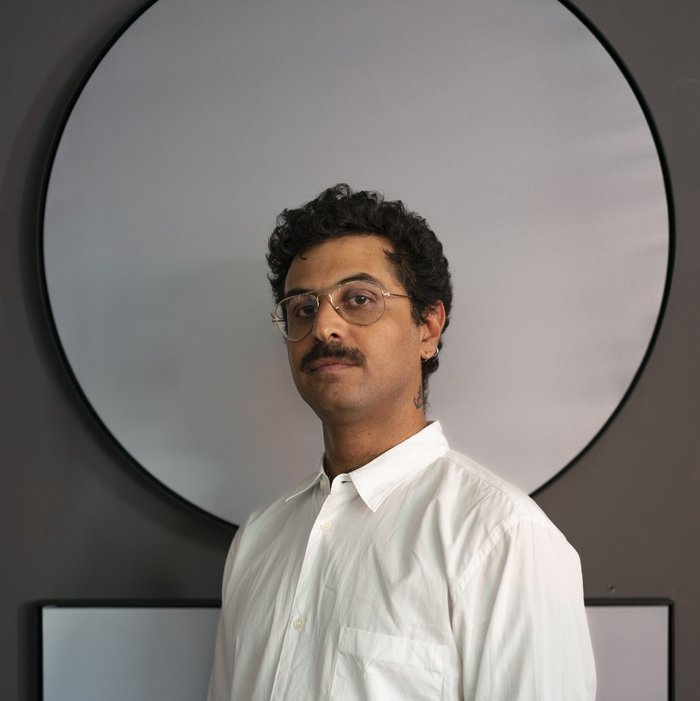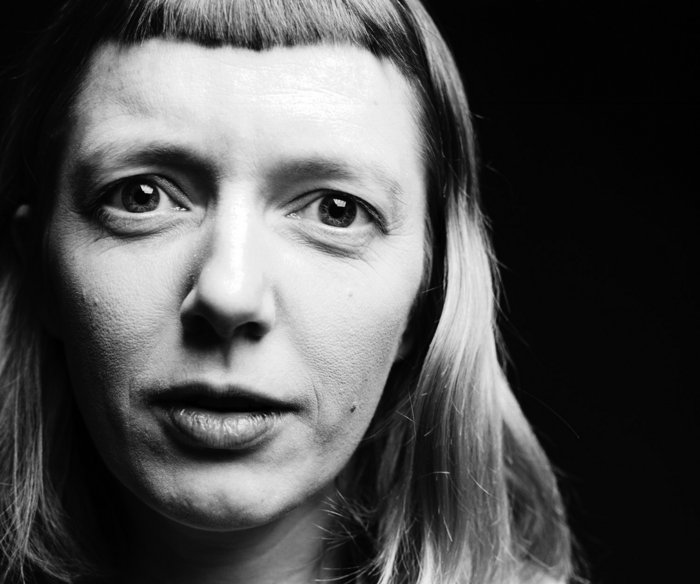The uncanny similarity of your title to Francis Ford Coppola’s “Apocalypse Now” (1979), as you described, is no coincidence. But is it fair to call the film an inspiration for the piece? I believe you said together with Joseph Conrad’s “Heart of Darkness” (1899) it inspired some of the themes. For example the crisis of white male identity, which is tackled in a very particular way in both these works, and for many other reasons seems somewhat ubiquitous these days. Can you give us a hint of how you and your team are going to tackle this crisis more concretely in the piece? And maybe more generally which parts of the material struck a chord with you?
Both “Heart of Darkness” and “Apocalypse Now” are indeed sources of inspiration for the work. Generally, I love dealing with how narratives reincarnate through culture at different moments and I am highly interested in the dynamics of appropriation as an alternative to authenticity. But more specifically, these two pieces are interesting exactly because, as you mention, they describe not only a crisis of white male identity but a total collapse of that subject position as a result of being confronted with the colonial order. As soon as the western subject has to deal with the physical reality of the colony, when he faces what the other side of his domination looks like, he can’t take it and his world falls apart—hence the apocalypse links the destruction of personhood with a moral awakening or a shift, indeed a revelation, in worldview. For the first time, the subject acknowledges his unavoidable entanglement with the world, and at the same time experiences how this new entangled self is losing its grip on the world as he knew it. Of course both narratives are still focusing on the white perspective, so I’d like to think that in a way we’re proposing a continuation and a critique of what they were trying to do. Conrad was a fierce critic of European colonialism in Africa and Coppola orchestrated an epic anti-Vietnam War film, and at the same time they were (white) men of their time, in various ways perpetuating with their practice the very structures they’re seeking to criticize. In relation to the discourse you’re referring to in your question, I understand my job not as a crusade to ‘call them out,’ a fashionable practice nowadays, but to address and disrupt the space/time coordinates that western artistic narratives have rendered universal. So the ‘critique’ or analysis of that subject position is really a struggle against ‘aboutness,’ essentialist logics, and representationalist identity politics. Ultimately, it’s an unromantic invitation to reevaluate humaneness and humanism. So that’s a way of understanding how we will address this issue in the piece: we are striving towards a sci-fi speculation that doesn’t focus on obliterating certain bodies but dismantles the oppressive logic of identity altogether, believing that there’s a lot to achieve by leaving its constructs behind.
First Published by Vorherbst Magazine, 12.8.19
Interview by Dominik Müller / steirischer herbst
Read the full interview here.

